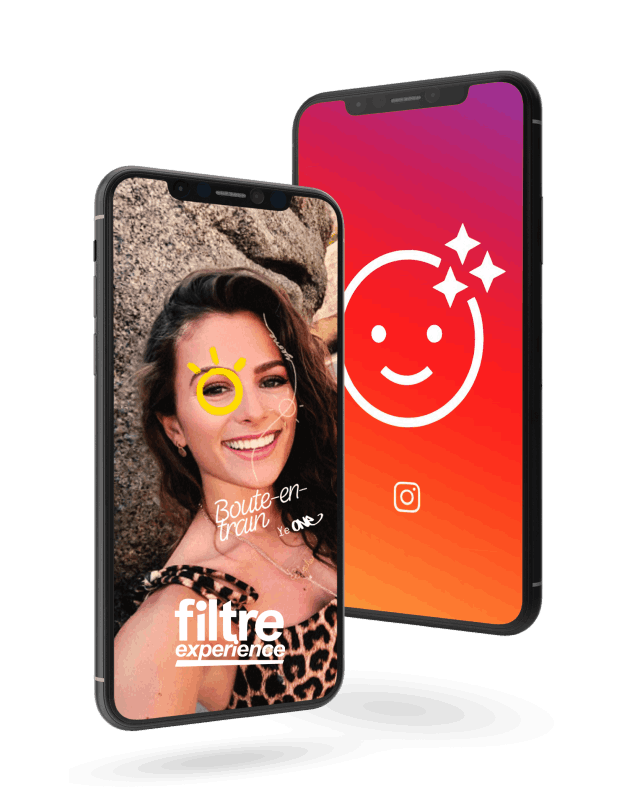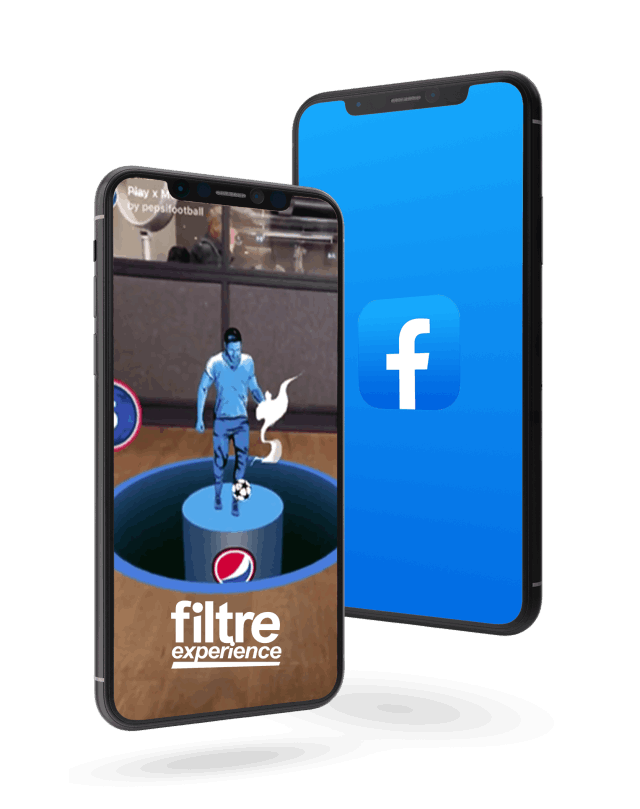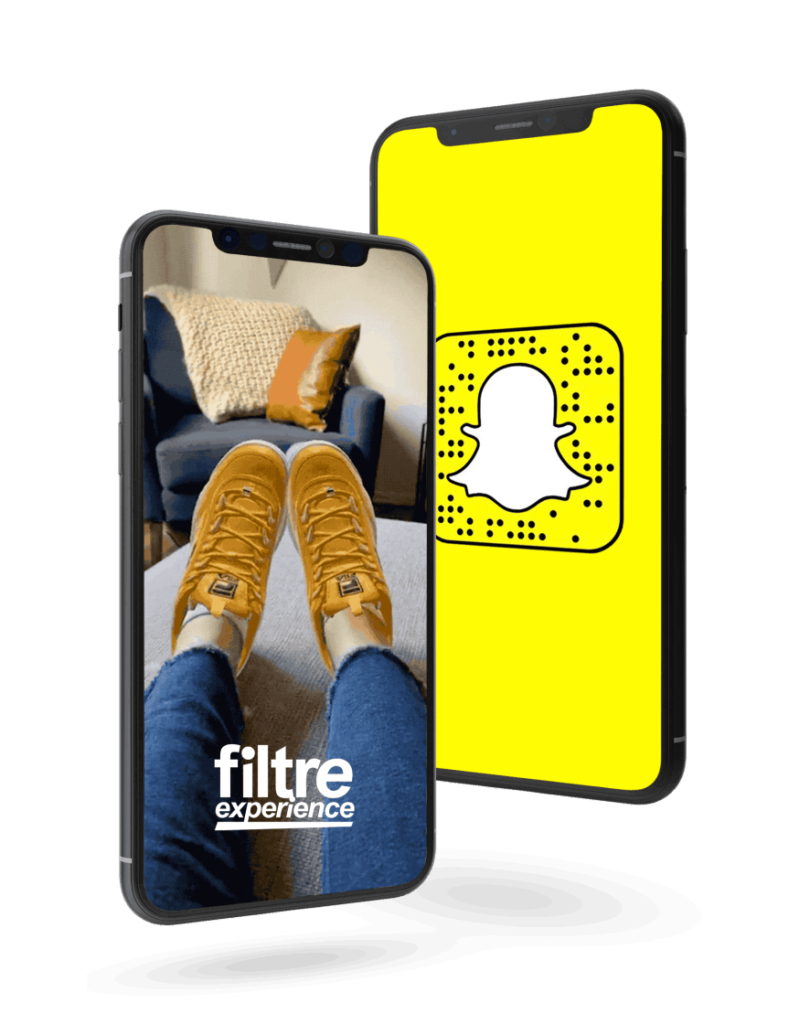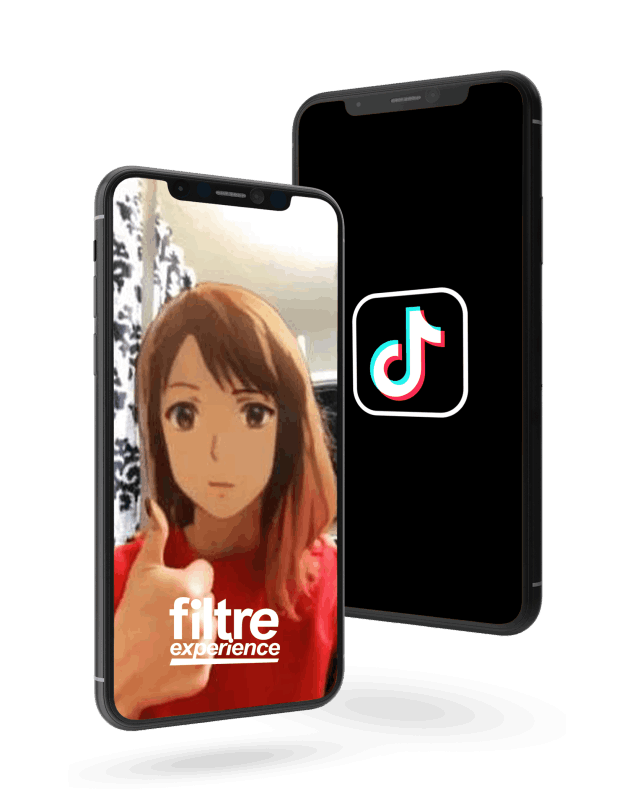Facebook has been at the forefront of digital advertising for years, constantly evolving its platform to offer new opportunities to advertisers while keeping user experience a top priority. As we look ahead to 2024, it’s clear that the potential for Facebook ads is only going to grow – and we’re here to explore what that might look like. From targeting capabilities to ad formats to measuring success and ROI, let’s dive in and see what Facebook ads may have in store.
The Evolution of Facebook Ads
Before we can understand where Facebook ads are heading, it’s important to look back at how they’ve evolved over the years. In the early days, Facebook offered simple display ads that were served based on a user’s basic profile information. However, with the rapid growth of social media, Facebook had to come up with new ways to make its advertising more effective and user-friendly.
Since then, we’ve seen the introduction of News Feed ads, which allowed advertisers to reach users in a more native, less intrusive way. This change was a game-changer as it made Facebook ads more effective and relevant to users. The shift to mobile-first advertising was another significant change that Facebook made, recognizing that most users access the platform through their mobile devices.
A Brief History of Facebook Advertising
Facebook first introduced advertising in 2007, but it wasn’t until the launch of Pages in 2008 that businesses could create their own profiles and target ads to specific audiences. This was a significant step forward for businesses as they could now target their ads to specific demographics and interests. Over the years, Facebook has added new targeting options, ad formats, and optimization tools, while also facing criticism for privacy concerns and accusations of inflating metrics. Despite these challenges, Facebook has remained a key player in the advertising world.
Key Changes in Facebook Ads Over the Years
One major change to Facebook’s ad platform came in 2013 with the introduction of News Feed ads, which allowed advertisers to reach users in a more native, less intrusive way. Since then, we’ve seen the rise of video and interactive ads, which take advantage of Facebook’s autoplay feature and offer new ways for brands to engage users. In recent years, Facebook has also placed a greater emphasis on transparency and control for users, such as allowing them to see why they’re being targeted with certain ads.
Another key change that Facebook has made is the introduction of Facebook Marketplace, which allows businesses to sell their products directly to users on the platform. This has been a significant development for small businesses, as it allows them to reach a wider audience and sell their products without the need for a physical storefront.
Predicting Future Developments in Facebook Ads
Looking ahead to 2024, we can expect to see continued innovation from Facebook in the advertising space. Some potential developments may include even more advanced targeting capabilities, such as AI-driven targeting that takes into account a user’s past behavior and preferences. We may also see a rise in virtual and augmented reality ads, which could offer unique experiences and deeper brand engagement. Additionally, privacy concerns are likely to remain a key consideration for Facebook, with the need for transparent data policies and user control becoming even more important.
Another potential development that we may see in the future is the use of blockchain technology to make Facebook ads more secure and transparent. This technology could help to eliminate the risk of fraud and provide advertisers with more accurate data on their ad performance.
In conclusion, the evolution of Facebook ads has been significant over the years, with changes in ad formats, targeting options, and optimization tools. Looking ahead, we can expect to see continued innovation and development in the advertising space, with a focus on advanced targeting, virtual and augmented reality ads, and transparent data policies.
Targeting Capabilities in 2024
One of the most powerful tools in Facebook’s advertising arsenal is its ability to target specific audiences based on a wide range of criteria. As technology advances, we can expect that targeting capabilities will only become more sophisticated and precise.
Advanced Demographic Targeting
In 2024, advertisers may be able to target users with even greater precision based on demographic information. For example, Facebook may be able to predict a user’s likely income range or health concerns based on their online behavior, allowing advertisers to deliver highly personalized messages.
Imagine a world where you see ads for products that you actually need, rather than irrelevant ads that clutter up your feed. With advanced demographic targeting, this could become a reality. Advertisers will be able to tailor their messages to your specific needs and interests, making for a much more enjoyable browsing experience.
Improved Interest and Behavior Targeting
As artificial intelligence becomes more advanced, Facebook may be able to analyze a user’s online behavior to a greater extent, allowing for even more nuanced targeting. Advertisers may be able to deliver messages based on a user’s interests, hobbies, or even emotions.
Imagine scrolling through your Facebook feed and seeing an ad for a product that you have been considering purchasing, but haven’t searched for online yet. With improved interest and behavior targeting, this could become a reality. Advertisers will be able to predict your needs and interests before you even know them yourself.
Location-based Targeting Innovations
As location data becomes more ubiquitous and accurate, we can expect to see even more location-based targeting options for advertisers. In 2024, we may see ads that are tailored not just to a user’s current location, but also their likely future movements based on predictive algorithms.
Imagine walking down the street and receiving an ad for a restaurant that is just around the corner. With location-based targeting innovations, this could become a reality. Advertisers will be able to predict your movements and deliver messages that are relevant to your current location.
Custom and Lookalike Audiences
Custom and lookalike audiences have been part of Facebook’s targeting options for years, but we can expect to see even more sophisticated tools in this area in 2024. Advertisers may be able to create custom audiences based on a wide range of inputs beyond just email addresses or phone numbers.
Imagine being able to target users who have interacted with your brand in a specific way, such as those who have added items to their cart but not checked out. With custom and lookalike audiences, this could become a reality. Advertisers will be able to create highly specific targeting groups to deliver messages that are tailored to their needs.
Ad Formats and Creative Options
Another key area of innovation for Facebook ads is in ad formats and creative options. As users’ attention spans shrink and ad saturation increases, advertisers will need to find new ways to stand out.
One way advertisers are doing this is through the rise of video and interactive ads. These types of ads have been on the rise in recent years and are expected to continue to gain popularity in 2024. Video and interactive ads allow for more immersive experiences that can communicate a brand’s message in a more compelling way. This is especially important as consumers become more discerning about the ads they choose to engage with.
Another popular ad format that has been gaining traction is the use of carousel and collection ads. These types of ads have been particularly effective for e-commerce brands, allowing them to showcase multiple products within a single ad unit. In 2024, we may see even more sophisticated versions of these formats, such as carousel ads that are programmed to automatically reorder based on a user’s past behavior. This level of personalization could lead to even higher engagement rates and increased sales for advertisers.
Carousel and Collection ads
As AR and VR technology becomes more ubiquitous, we can expect to see more ads that take advantage of these formats. Augmented reality and virtual reality ads have the potential to create truly immersive experiences that transport users to a different world and deepen brand engagement. In 2024, advertisers may be able to create even more sophisticated AR and VR experiences that allow users to interact with products in a more meaningful way.
Sponsored messaging and in-app ads are also expected to become more prevalent in 2024. These types of ads are integrated into messaging apps or other in-app experiences, making them more native and less disruptive to the user experience. This allows for a more seamless transition between content and ads, leading to increased engagement and a more positive user experience overall.
In conclusion, as the advertising landscape continues to evolve, it’s important for advertisers to stay up-to-date with the latest ad formats and creative options. By embracing new technologies and finding innovative ways to engage with consumers, advertisers can continue to see success on Facebook and other platforms.
Measuring Success and ROI
Of course, all the innovations in the world won’t matter if advertisers can’t measure the success of their ad campaigns and calculate their return on investment. In order to do this, it’s important to understand the key performance indicators for Facebook ads.
Key Performance Indicators for Facebook Ads
While metrics such as click-through rates and cost per click will likely remain important in 2024, we may see new KPIs emerge for measuring ad success on Facebook. For example, advertisers may be able to track the lifetime value of a customer who was acquired through Facebook ads or measure the overall impact of their Facebook presence on brand awareness and reputation.
By tracking these metrics, advertisers can gain a better understanding of the long-term impact of their ad campaigns and make more informed decisions about their advertising strategies.
Conversion Tracking and Attribution Models
As attribution becomes more complex, we can expect to see Facebook continue to refine its conversion tracking offerings. In 2024, we may see tools that allow for more granular tracking of how users interact with ads across multiple channels and devices.
For example, advertisers may be able to track how many users saw an ad on their mobile device and later converted it on their desktop computer. This type of tracking can help advertisers better understand how their ads are influencing consumer behavior and make more informed decisions about their advertising strategies.
A/B Testing and Ad Optimization
As ad saturation increases, it’s more important than ever for advertisers to optimize their campaigns for maximum impact. In 2024, we may see even more advanced A/B testing tools that allow advertisers to experiment with different ad formats and messaging in real-time.
For example, advertisers may be able to test multiple ad formats simultaneously and receive real-time feedback on which format is performing best. This type of testing can help advertisers make more informed decisions about their advertising strategies and improve the overall effectiveness of their campaigns.
Budgeting and Bidding Strategies
Finally, we can expect Facebook to continue to refine its approach to budgeting and bidding strategies in 2024. Advertisers may have more options for how to allocate their ad spend, as well as more sophisticated tools for bidding on ad placements in real-time.
For example, advertisers may be able to set different budgets for different ad formats or target audiences. They may also be able to adjust their bids in real-time based on factors such as the time of day or the user’s location. These types of tools can help advertisers make more informed decisions about their advertising strategies and improve the overall effectiveness of their campaigns.
Challenges and Opportunities in 2024
As with any new development, there are sure to be both challenges and opportunities in the world of Facebook ads in 2024.
Data Privacy and Ad Targeting Regulations
One major challenge that Facebook – and all digital advertisers – will face is the issue of data privacy and ad targeting regulations. As consumers become more aware of how their data is being used, advertisers will need to be more transparent about their practices and ensure that they are in compliance with all applicable laws.
Furthermore, the rise of data privacy concerns and regulations may lead to a shift in the way advertisers target their ads. Advertisers may need to find new and innovative ways to reach their target audience without relying on personal data.
The Impact of Ad Blockers
Another challenge is the rise of ad blockers, which can prevent ads from being served to users altogether. In 2024, we may see more sophisticated ad-blocking technology that is harder for advertisers to circumvent.
However, this challenge also presents an opportunity for advertisers to create more engaging and relevant ads that users are less likely to want to block. By creating high-quality content that resonates with their target audience, advertisers can increase the effectiveness of their campaigns and improve their return on investment.
Competition and Market Saturation
Finally, there’s the issue of competition and market saturation. In 2024, Facebook may face more rivals than ever before, as well as a more crowded advertising landscape in general. Advertisers will need to find ways to stand out and deliver truly innovative campaigns.
One way to do this is by leveraging emerging technologies and trends. For example, in 2024, we may see the rise of augmented reality advertising, which allows advertisers to create immersive experiences for users. By staying ahead of the curve and embracing these new technologies, advertisers can differentiate themselves from their competitors and capture the attention of their target audience.
Leveraging New Technologies and Trends
Despite these challenges, there are also countless opportunities for advertisers who are willing to stay on the cutting edge of technology and trends. In 2024, we may see new platforms emerge, such as virtual reality social networks, that offer new ways to reach users and build brand relationships.
Additionally, the continued growth of mobile and social media usage presents a wealth of opportunities for advertisers. By creating mobile-friendly ads that are optimized for social media platforms, advertisers can reach users where they are spending the majority of their time online.
Ultimately, the key to success in the world of Facebook ads in 2024 will be a combination of creativity, innovation, and a willingness to adapt to the changing landscape of digital advertising.
Case Studies and Success Stories
Facebook ads have become an essential tool for businesses to reach their target audiences and achieve their marketing goals. In recent years, many brands have seen great success with Facebook ads, using innovative campaigns and targeting capabilities to drive engagement and conversions.
Let’s take a closer look at some real-world examples of how brands have succeeded with Facebook ads:
Small Business Success with Facebook Ads
One example of a small business that has seen success with Facebook ads is Beryl’s Cake Shop, a small bakery in Brooklyn. By using Facebook’s Lookalike Audience tool, owner Beryl was able to target ads to users who shared similar interests and behaviors as her existing customers. Beryl also used Facebook’s Carousel ads to showcase her bakery’s delicious treats, resulting in increased website traffic and sales.
Innovative Campaigns from Major Brands
Another great example of a successful Facebook ad campaign is the “Dilly Dilly” campaign from Bud Light. The campaign featured humorous videos that went viral, resulting in increased brand awareness and engagement. Bud Light also used Facebook’s targeting capabilities to reach a wider audience that may not have been familiar with the brand. The success of the campaign led to the continued use of Facebook ads as a key part of Bud Light’s marketing strategy.
Nonprofit and Social Cause Advertising
Facebook ads can also be an effective tool for nonprofits and social causes. One example is the ALS Association’s “Ice Bucket Challenge,” which went viral in 2014 and raised over $115 million for ALS research. The campaign was fueled in part by Facebook shares and tagged posts, demonstrating the power of social media to drive awareness and donations for important causes.
Lessons Learned and Best Practices
Overall, there are countless ways that advertisers can use Facebook ads to reach their target audiences and achieve their goals. Some key takeaways include the importance of targeting, the power of video and interactive ads, and the need for ongoing experimentation and optimization. It’s also important to stay up-to-date with Facebook’s ever-evolving ad platform and to keep an eye on industry trends and best practices.
By following these best practices, advertisers can achieve great success on Facebook – both in 2024 and beyond.








